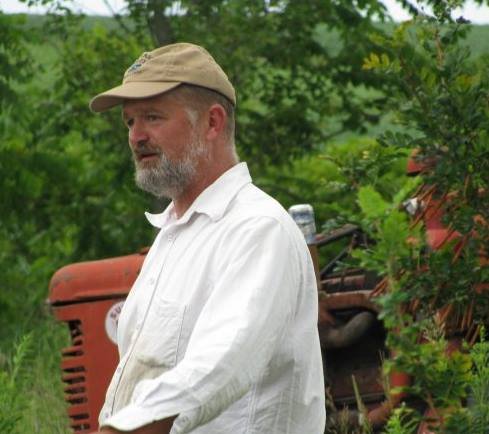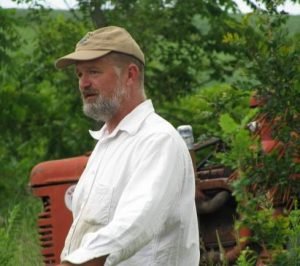Master Quote: Mark Shepard - 03/17/18


Reposted with permission from Mark Shepard
Excerpt from Restoration Agriculture, by Mark Shepard
"That said, understocking a pasture can also lead to overgrazing. This may seem counterintuitive, but it is actually possible. Not too far down the road from Ashley’s house in the Driftless Region of southwest Wisconsin, and right around the corner from the chemical cornfield, is the farm of a certified-organic, grassfed beef grazier. This grazier is very concerned about the extent of human impacts on the planet and he wants to ensure that his own personal footprint will be small. He lives in a very small, owner-built cabin off the electric grid and does so many of the things that the sustainability culture would like to urge for the masses. His concern for a small footprint reaches so far into his ethic that he is a strong opponent to overgrazing. His 13-acre pasture has a grand total of three beef steers on it. The pasture is not divided into paddocks for rotation and the animals are free to wander anywhere on the 13 acres for their food. Most references that he’s read claim that 13 acres can support approximately thirteen cattle without overgrazing but he knows that this is incorrect. He knows that thirteen cows would severely overgraze 13 acres and lead to the end of the world as we know it if everyone grazed at this rate, because he is faced every day with the fact that his three cattle are overgrazing that same 13-acre area. If three cattle can overgraze 13 acres, then thirteen cattle on 13 acres would cause the next Sahara Desert and we would all blow away in the wind.
His three cattle are indeed overgrazing the 13 acres. His observation is correct. However, this is because of poor management practices rather than too many cattle. His three beef cattle on 13 acres wake up in the morning and go about their grazing day. They eat the first mouthful of their favorite forage, then move on to the next favorite mouthful. The less palatable forage gets left behind uneaten as do the unpalatable and noxious weeds. As the season progresses the cattle eat only their favorite forage while the undesirable forage, like thistles, grows stronger, more woody and less palatable, and most significantly it sets seed. Soon there are a million thistles instead of three and before long there is a pasture comprised of bare-shaven grass between old-growth forests of burdock and ragweed. By allowing the cattle to eat only their favorite forage and by not removing the unpalatable plants, three cattle have managed to destroy 13 acres of rich, abundant pasture. Thus he has proven to himself that overgrazing is a curse on the earth and that next year he may decide to have fewer cattle. Whether he decides to have fewer cattle or not, he will soon be forced to have fewer cattle because there will be very little forage left on that 13 acres for them to eat."
Restoration Agriculture - 2012
CHAPTER 9 Livestock & Restoration Agriculture
Subsection: Stocking Rates
Posted from my blog with SteemPress : http://www.agsurrection.com/2018/03/17/master-quote-mark-shepard-03-17-18/
Are you sure ?
Good topic
Congratulations @agsurrection! You have completed some achievement on Steemit and have been rewarded with new badge(s) :
Click on any badge to view your own Board of Honor on SteemitBoard.
To support your work, I also upvoted your post!
For more information about SteemitBoard, click here
If you no longer want to receive notifications, reply to this comment with the word
STOPBuen Post. sobre el consumo de forraje y las reses.
Very true.
But may I ask the best way to curb this?
@otybest, I think you'll love this.
Mob grazing.
Hmmm...I'll look it up on Google.